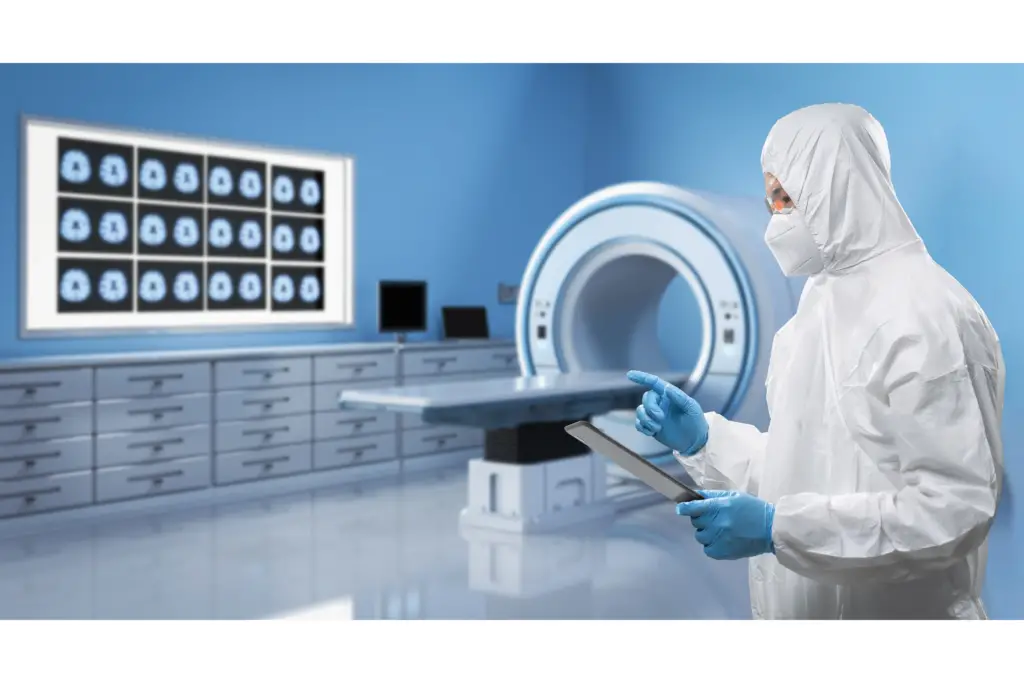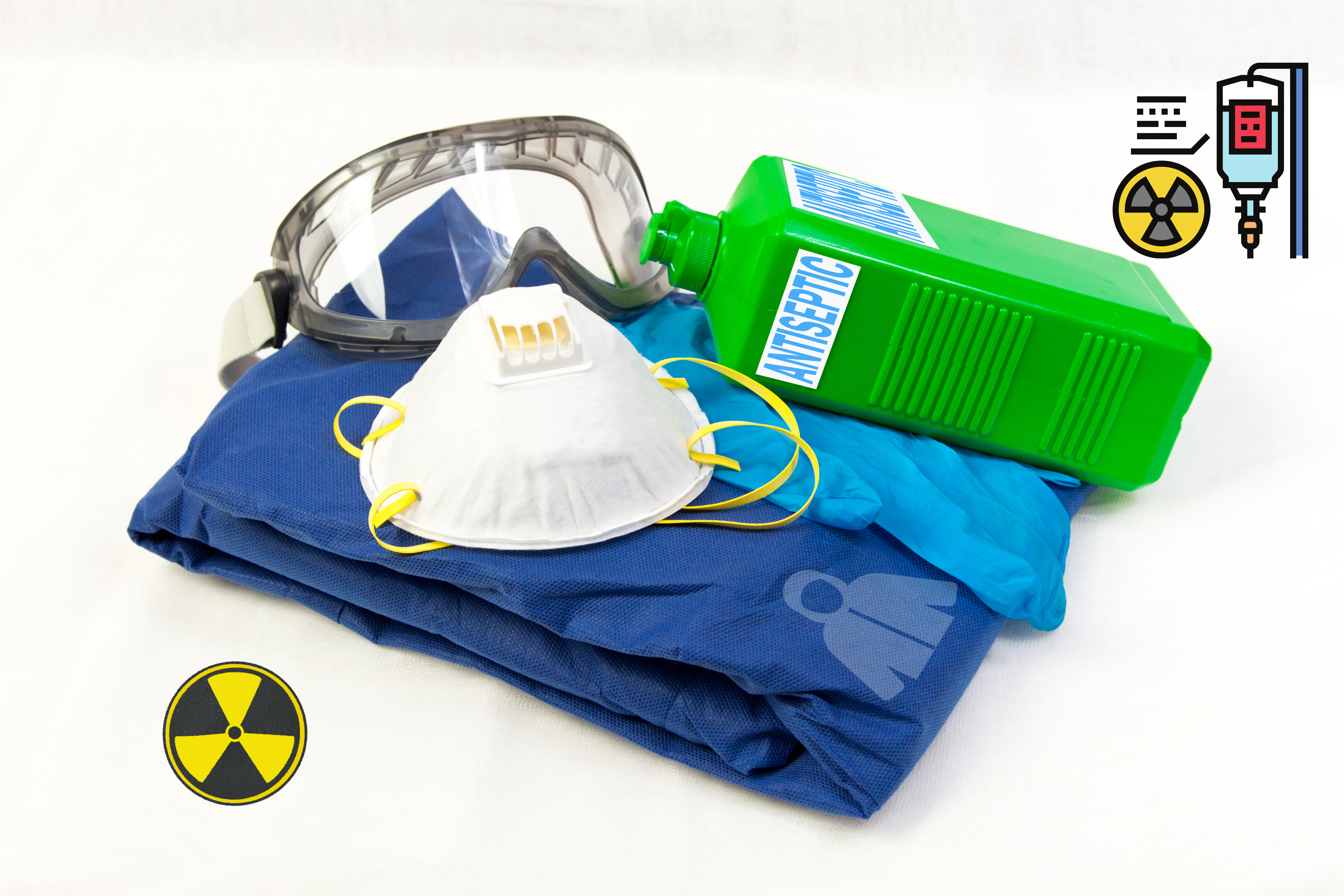Radiology Personal Protective Equipment (PPE) is a staple in the medical world, ensuring the safety of both patients and professionals. Dive into this comprehensive guide to understand its importance, uses, and future advancements.
Radiology Personal Protective Equipment: An Overview
Radiology, a critical branch of medicine, has revolutionized the way we diagnose and treat diseases. However, the invisible rays used in radiology can pose risks. This is where radiology personal protective equipment plays a pivotal role.
- Importance in Modern Medicine: The use of radiology PPE is paramount in ensuring the safety of medical professionals and patients. From X-rays to CT scans, radiologists are exposed to radiation daily. PPE minimizes this exposure, ensuring the well-being of everyone involved.
- Evolution Over Time: Radiology PPE has come a long way since its inception. Early radiologists had minimal protection, often resorting to makeshift barriers. Today, thanks to research and innovation, PPE is more effective and comfortable.
Materials and Types of Radiology PPE
Delve into the variety of materials and types of PPE available today. Each serves a unique purpose, designed for specific radiological procedures.
- Lead and Non-Lead Alternatives: Traditionally, lead was the go-to material for radiation shielding. However, with concerns over its environmental impact, non-lead alternatives have emerged, offering similar protection without the environmental cost.
- Aprons, Vests, and Thyroid Collars: Different types of PPE cater to various needs. For instance, thyroid collars protect the sensitive thyroid gland, while vests and aprons shield the torso. Selection depends on the procedure and the specific radiation exposure.
The Science Behind Radiology Protection
To appreciate the value of radiology PPE, one must understand the science behind it.
- How Radiology PPE Works: At its core, radiology PPE acts as a barrier, absorbing or deflecting harmful radiation. The effectiveness of the shield depends on its material and thickness.
- Benefits of Effective Shielding: Proper shielding not only reduces radiation exposure but also ensures clear imaging. Unwanted exposure can compromise image quality, making accurate diagnoses challenging.
Regulations and Standards in Radiology PPE
Safety is a global concern. As such, there are standards and regulations in place to ensure the efficacy of radiology PPE.
- International Protocols and Guidelines: Organizations like the World Health Organization set global standards for radiology PPE. Adherence to these ensures a consistent level of protection worldwide.
- Ensuring Compliance in Clinical Settings: Hospitals and clinics must stay updated on these regulations. Regular audits and inspections ensure that the PPE in use meets or exceeds these standards.
Safety Concerns and PPE
Radiology, though beneficial, is not without its hazards. It’s essential to recognize these risks and the role of PPE in mitigating them.
- Dangers of Inadequate Protection: Insufficient protection can lead to chronic radiation exposure, which has been linked to various health issues. The importance of quality PPE cannot be overstated.
- Reducing Risks in Radiology: Apart from using PPE, facilities must also implement safety protocols. This includes regular equipment checks and training sessions for staff.

Purchasing and Maintaining Radiology PPE
Investing in quality PPE is crucial. However, maintenance is equally important to ensure its longevity and effectiveness.
- Factors to Consider When Buying: When purchasing, one should consider the material, fit, and certifications. Always opt for reputable brands that comply with international standards.
- Tips for Long-Lasting Equipment: Proper storage and regular inspections can prolong the life of your radiology PPE. Keeping them clean and storing them appropriately ensures they remain effective.
Future of Radiology PPE
As with all fields, innovation drives radiology PPE forward.
- Technological Advancements on the Horizon: With technology evolving, we can anticipate more effective and environmentally friendly PPE options in the future.
- Sustainable and Eco-Friendly Options: As the world leans towards sustainability, the demand for green radiology PPE will rise. Manufacturers are already researching biodegradable and recyclable materials.
FAQs
- What is the primary purpose of radiology PPE?
- To protect medical professionals and patients from harmful radiation exposure during radiological procedures.
- How often should radiology PPE be replaced?
- This depends on its usage and condition. However, regular inspections are vital, and any signs of wear should warrant replacement.
- Is lead-free PPE as effective as traditional lead-based PPE?
- Yes, modern non-lead alternatives provide comparable protection.
- How can I ensure the PPE I purchase meets standards?
- Opt for PPE with certifications from recognized organizations and purchase from reputable brands.
- Can PPE be recycled?
- While traditional lead-based PPE isn’t easily recyclable, newer materials are designed with recyclability in mind.
- Are there any side effects of wearing PPE for extended periods?
- Quality PPE is designed for comfort. However, it’s essential to ensure a proper fit to avoid discomfort.
Conclusion
The role of radiology personal protective equipment in the medical field is undeniable. It serves as the frontline defense against harmful radiation, ensuring the safety of professionals and patients alike. As technology advances, we can expect even more effective and sustainable solutions in the near future. Always prioritize safety and invest in quality PPE to ensure the best outcomes.

